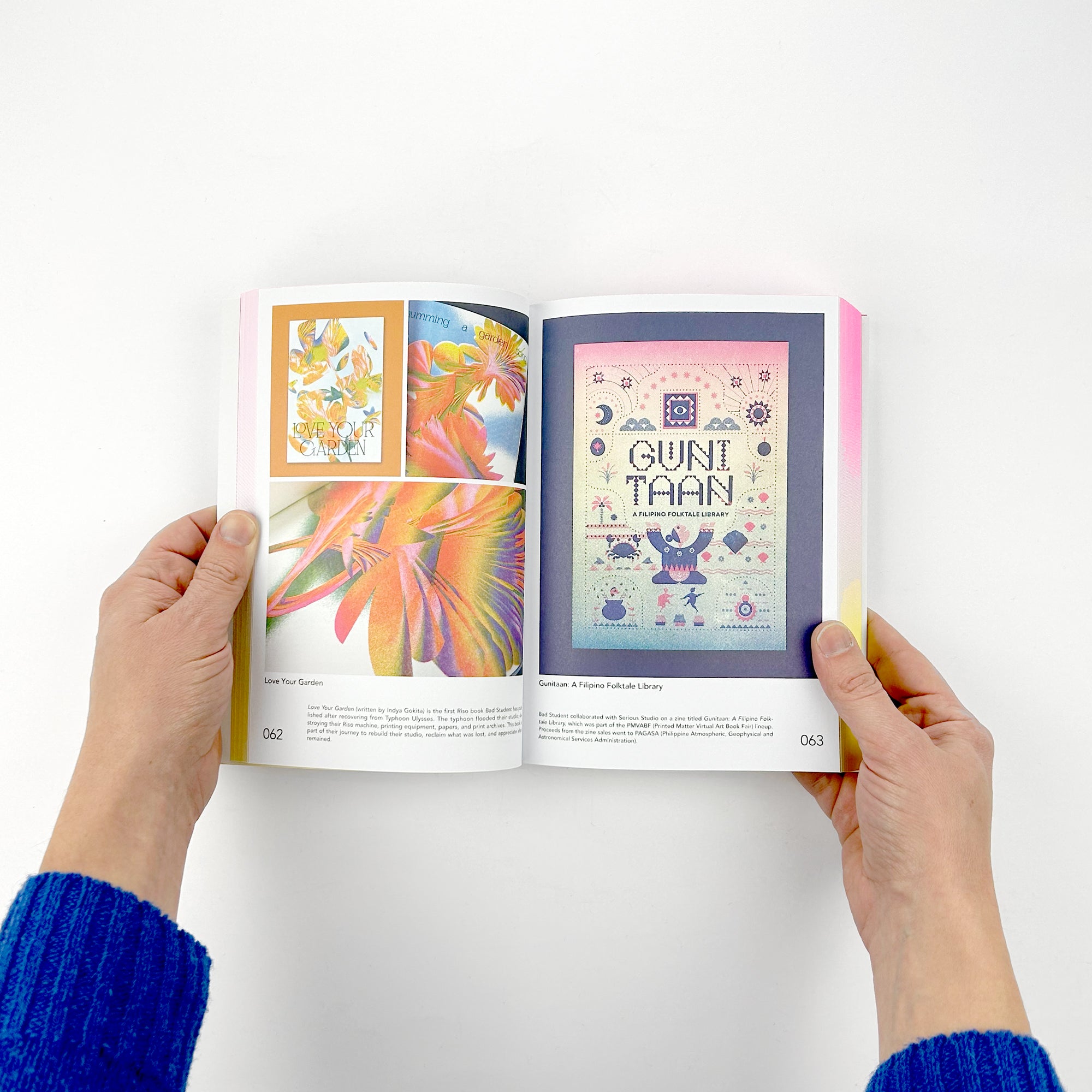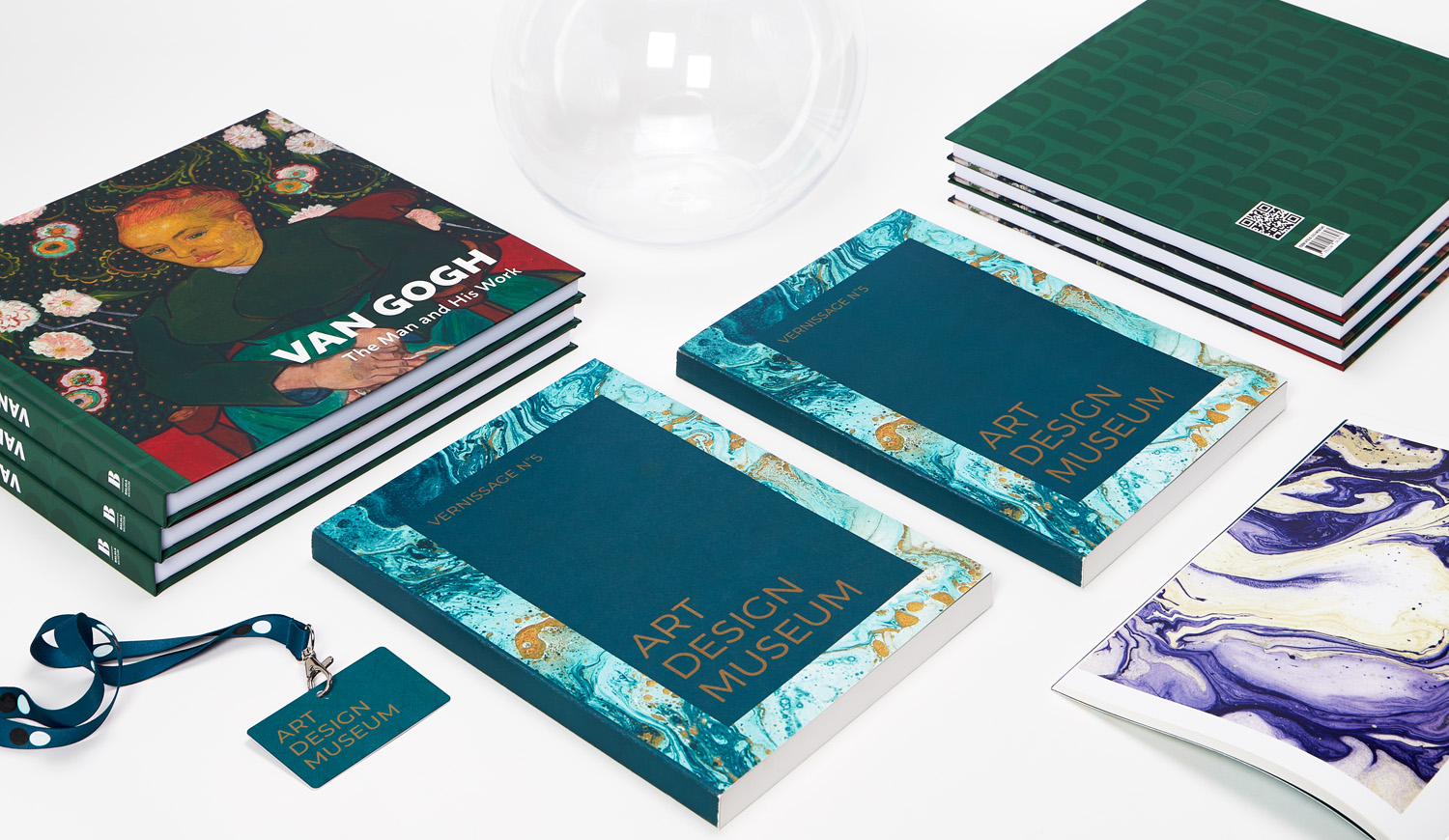Recognizing the Process Behind Top Notch Art Book Printing for Art Lovers
When it comes to top quality art book printing, comprehending the ins and outs of the process can raise your admiration for the last product. As you check out the various parts of art book printing, you'll reveal understandings that might change your perspective on art conservation and discussion.
The Value of Paper Choice in Art Book Printing
When it involves art book printing, the option of paper can make or break the end product. You desire your art work to radiate, and the ideal paper improves color vibrancy and detail. Consider elements like weight, texture, and finish; these components significantly influence exactly how visitors view your job.
For instance, a heavier stock communicates top quality and durability, while a distinctive finish can add deepness to pictures. Smooth paper is outstanding for detailed reproductions, enabling great lines and refined shades to show up crisp.
Don't forget the paper's brightness; a brighter sheet can help shades pop, making your art more captivating. You'll likewise intend to assume regarding how the paper connects with inks and whether it can take care of the printing process without contorting or bleed-through. Ultimately, selecting the ideal paper sets the phase for your art, guaranteeing it catches the target market's focus simply as you pictured.
Choosing the Right Inks for Vibrant Reproductions
Choosing the best inks is just as essential as choosing high quality paper to achieve dynamic reproductions in your art book. When you're printing artwork, you want colors that stand out and properly represent the original item. Go with inks with a high pigment focus; these tend to produce richer and extra saturated colors.
You may take into consideration utilizing historical inks, which stand up to fading gradually, ensuring your art book stays as striking as the day it was published. If you're collaborating with photos or electronically created art, pigment-based inks can supply a wider shade range, enhancing detail and deepness.
Don't forget the coating! Matte and shiny inks can significantly alter the appearance of your art work, so assume about the appearance you're intending to achieve - art book. Eventually, the ideal ink option enhances your paper selection, producing a sensational aesthetic experience for your viewers
The Role of Shade Management in Print Quality
Shade monitoring plays an important function in achieving high print quality for your art book. It assures that the colors you see on your display equate precisely to the printed page. Without efficient shade monitoring, your vivid art work might show up dull or distorted, weakening your creative vision.
Next, use color accounts tailored for your printer and paper type. These accounts lead the printer in replicating colors precisely, lowering disparities between digital and published versions.
When you prepare your documents, consider making use of a shade area like Adobe RGB or CMYK, relying on your printer's specs. Always proof your job, too; an examination print can reveal any kind of potential shade issues before the last run. By prioritizing color monitoring, you guard the integrity of your art, guaranteeing your target market experiences it as you meant.

Recognizing Various Binding Methods
Achieving the best appearance for your art book exceeds color administration; binding explanation techniques additionally play a considerable role in its general presentation and longevity. You have a number of alternatives to examine, each with its very own one-of-a-kind features.
If you're going for an expert feeling, case binding supplies a tough choice with a difficult cover, ideal for showcasing your artwork. On the other hand, excellent binding supplies a flexible spinal column while keeping prices down, making it a prominent selection for softcover publications.
Spiral binding allows your art book to lay level, which is great for showing photos Your Domain Name without obstruction. On the other hand, saddle sewing is excellent for smaller sized booklets, offering a tidy finish without the mass.
Eventually, the binding method you select ought to reflect your creative vision and how you want readers to engage with your work. Make sure to evaluate these options very carefully to achieve the best end result for your task.
The Impact of Print Size and Layout on Discussion
While the choice of print size and layout might seem second to content, they substantially affect how your artwork is viewed. The dimensions of your prints can either enhance or lessen the effect of your items. Larger prints can draw audiences in, permitting them to value complex information, while smaller styles could need even more intimate engagement.

Preservation Strategies for Resilient Art Books
To guarantee your art publications stand the test of time, it's crucial to carry out reliable conservation strategies. Use acid-free storage space boxes or safety sleeves to secure them from dirt and physical damage.
When handling your publications, constantly clean your hands or put on cotton gloves to prevent oils and dirt transferring onto the web pages. Stay clear of flexing or creasing the backs; rather, use book sustains when presenting them.
For added defense, think about purchasing archival-quality products for any repairs or enhancements. Consistently check your collection for indications of wear or damage, addressing problems immediately. By following these basic approaches, you can assure your art books stay dynamic and accessible for many years to find, maintaining their elegance and worth for future generations.
Working together With Printers for Optimal Results
When you're ready to print your art book, picking the ideal printer is important to accomplishing your vision. Clear communication about your assumptions and demands will aid ensure that both you and the printer are on the same page. Let's explore exactly how to make this collaboration as seamless and efficient as feasible.
Choosing the Right Printer

Efficient Communication Approaches
Efficient interaction is crucial for transforming your art book vision right into fact, particularly when collaborating with printers. art book. Start by plainly detailing your project's goals, consisting of layout components, favored products, and any kind of certain printing strategies. Do not wait to share your ideas and referrals; this aids the printer comprehend your aesthetic
Be open to responses, as printers often have beneficial insights that can enhance your task. This collaboration will assure that your art book meets your expectations and beams in its last type.
Regularly Asked Concerns
What Are Typical Blunders to Prevent in Art Book Printing?
When publishing your art book, avoid usual blunders like poor resolution photos, inaccurate color profiles, and overlooking web page format. Don't fail to remember to proofread and confirm information to verify your end product satisfies your assumptions.
Just How Does Digital Printing Differ From Conventional Printing Techniques?
Digital printing makes use of electronic data to create prints straight, permitting quicker turn-around and customization. In comparison, traditional techniques include physical plates, which can be taxing and much less flexible for tiny runs or unique designs.
What Is the Regular Turnaround Time for Art Book Printing?
The regular turn-around time for art book printing differs, but you can anticipate it to take anywhere from a few weeks to a number of months. Factors like complexity, quantity, and printing approach all affect this timeline.
Can I Publish a Minimal Edition Art Book Financially?
You can publish a limited version art book financially by selecting cost-efficient materials, maximizing print runs, and making use of electronic printing alternatives. Cautious preparation and budgeting will assist you accomplish quality without overspending.
What Are the Ecological Considerations in Art Book Printing?
When considering art book printing, you must think of eco-friendly materials, lasting inks, and energy-efficient processes (art book). Selecting local printers can likewise lower your carbon footprint, making your task both beautiful and ecologically accountable